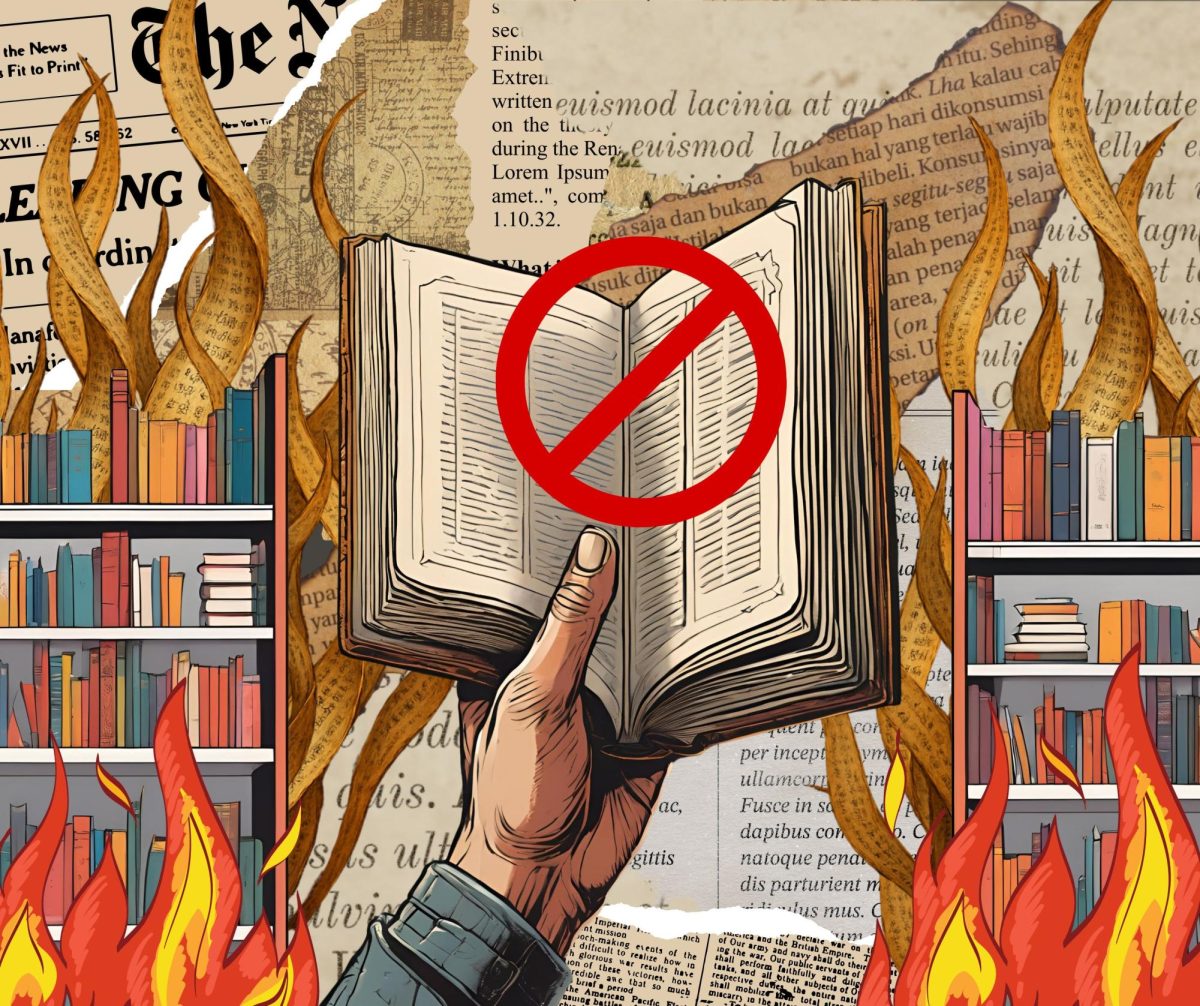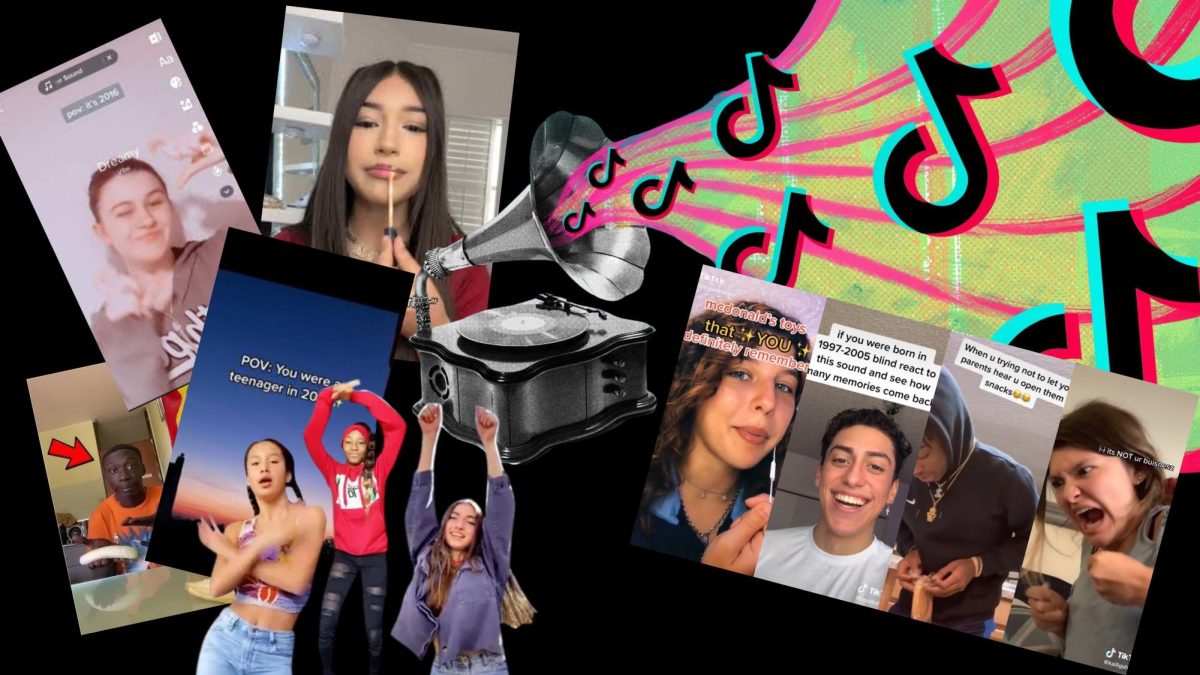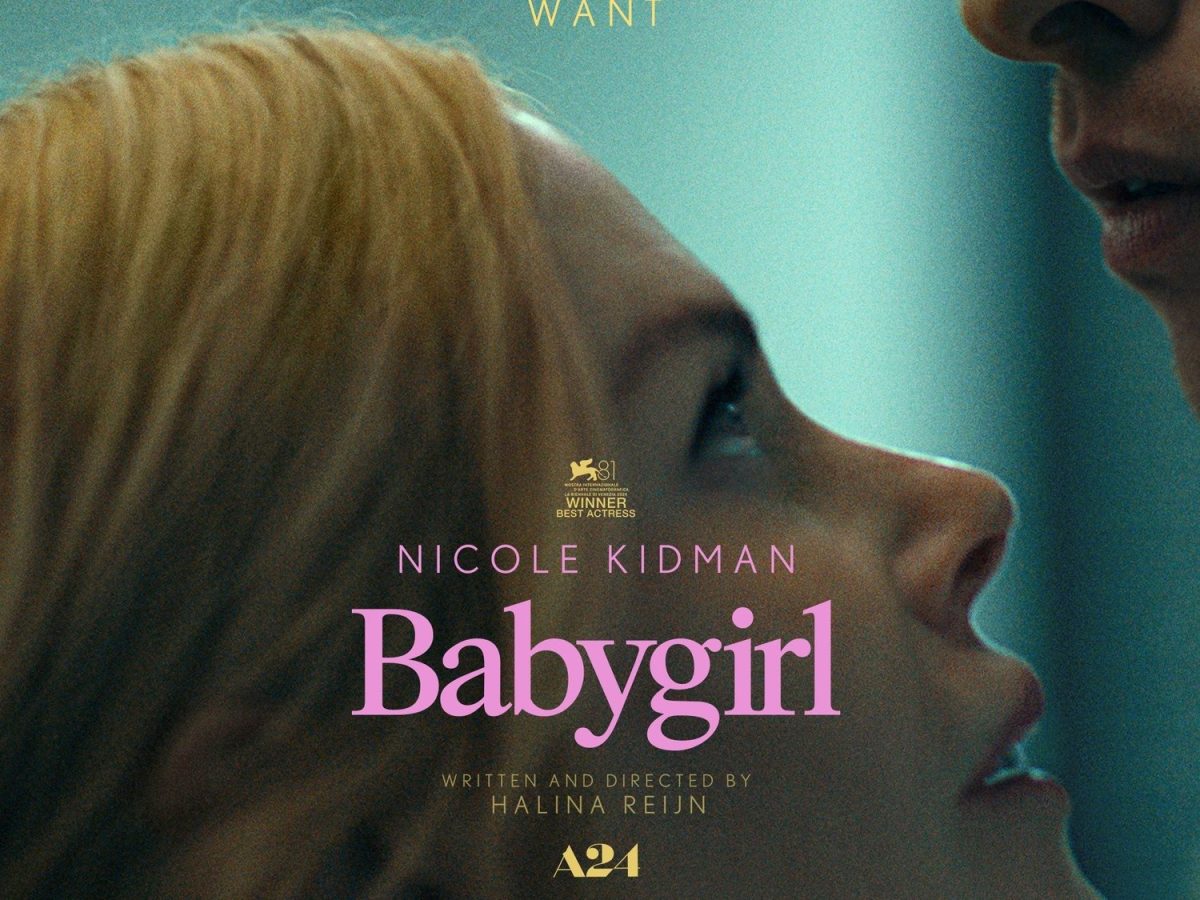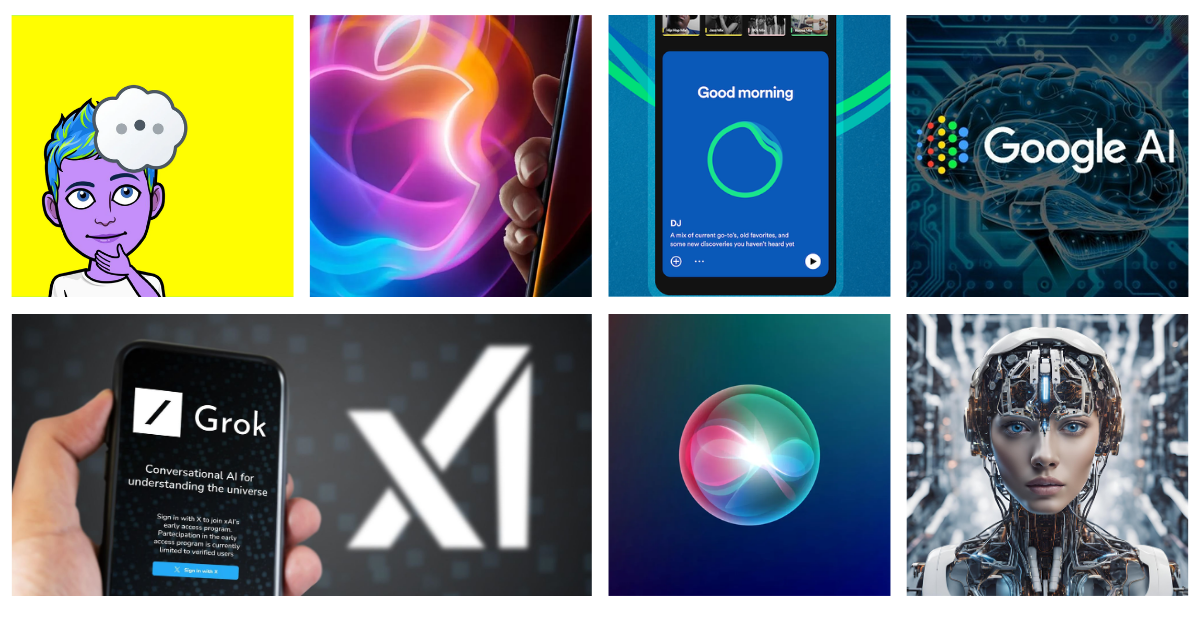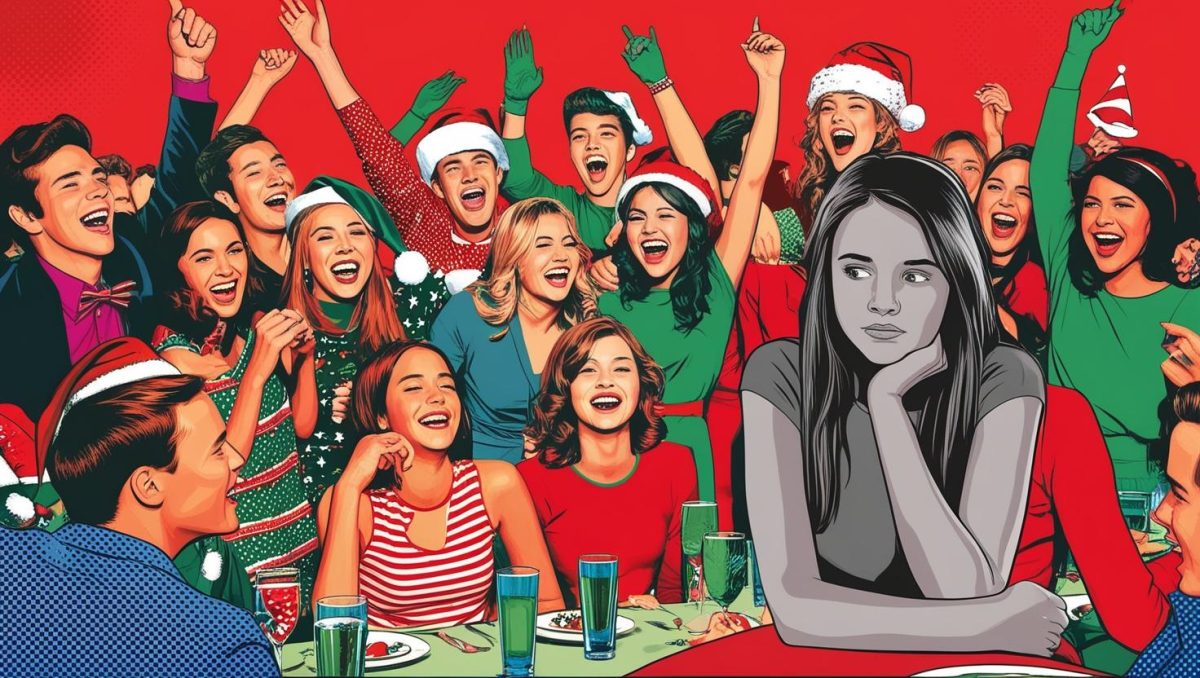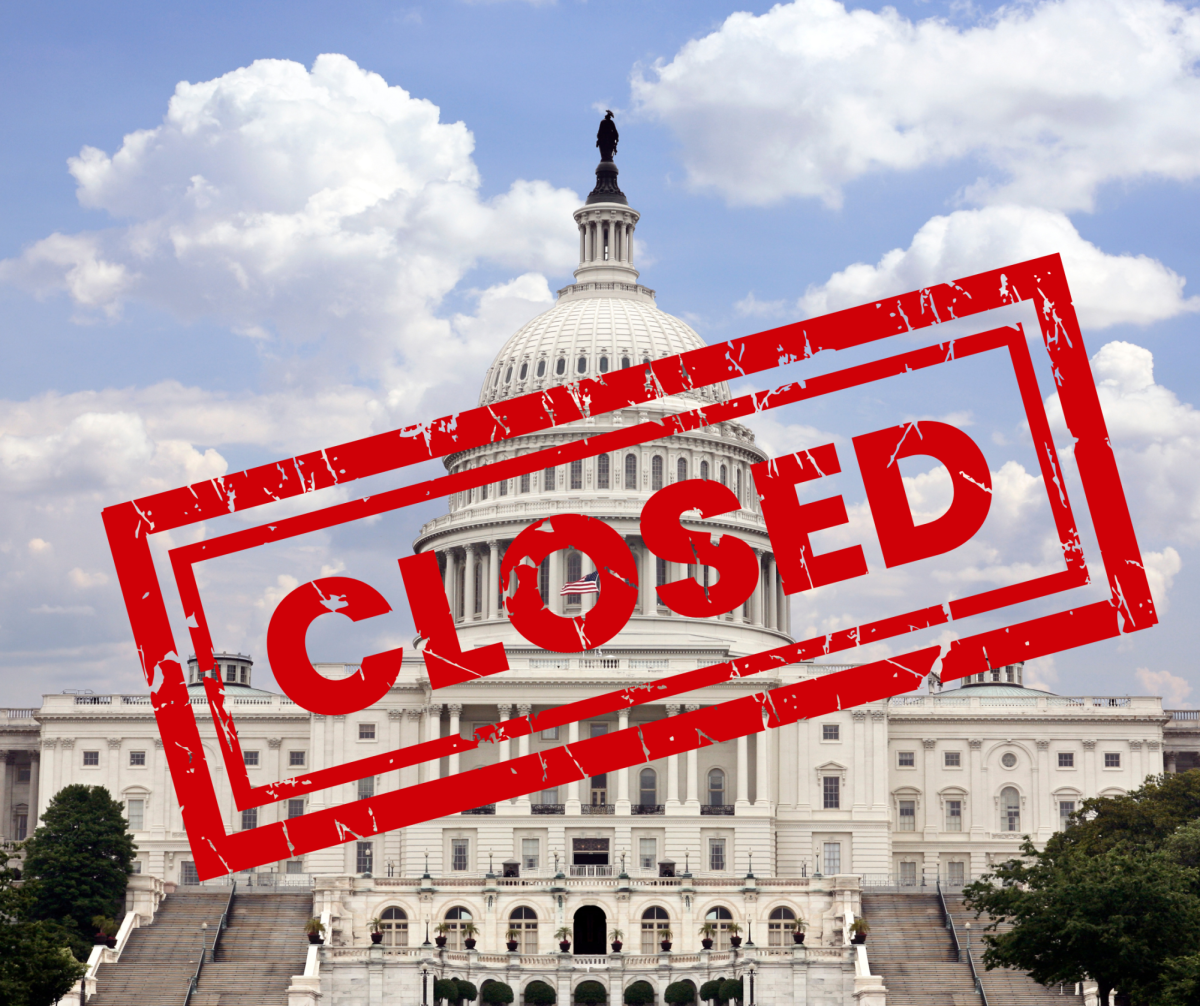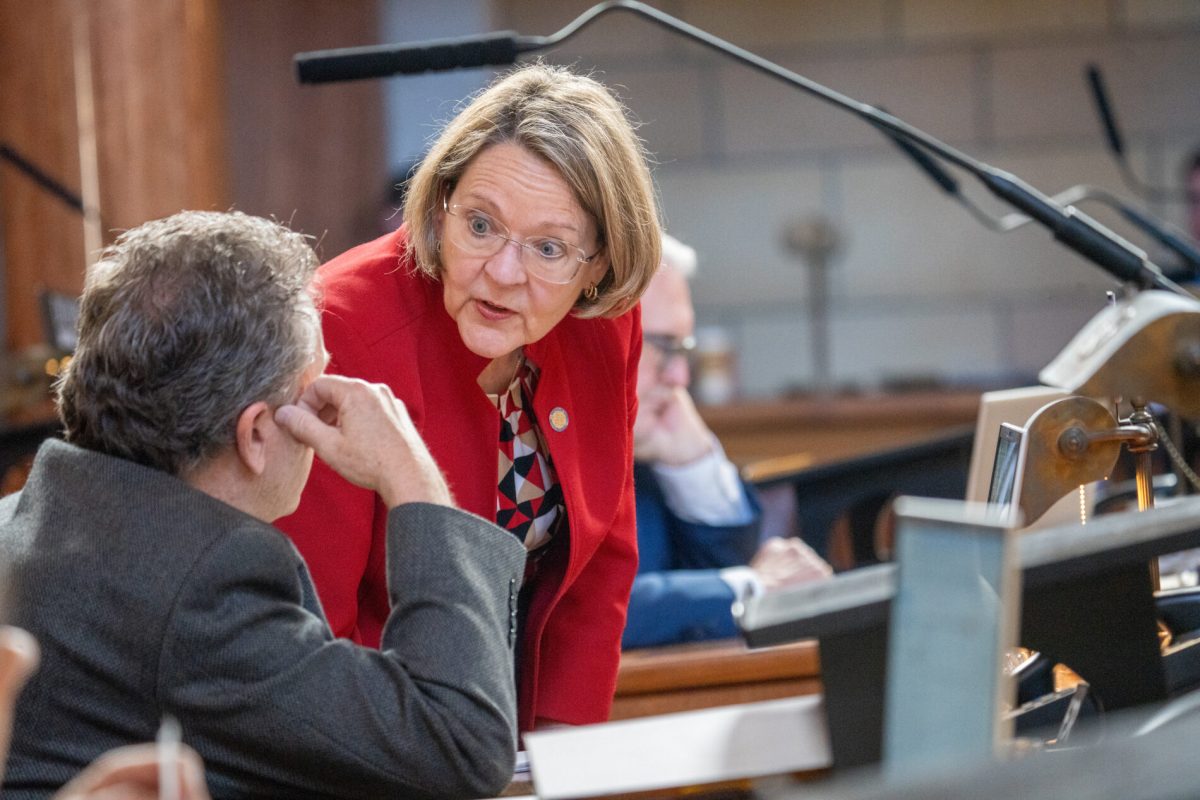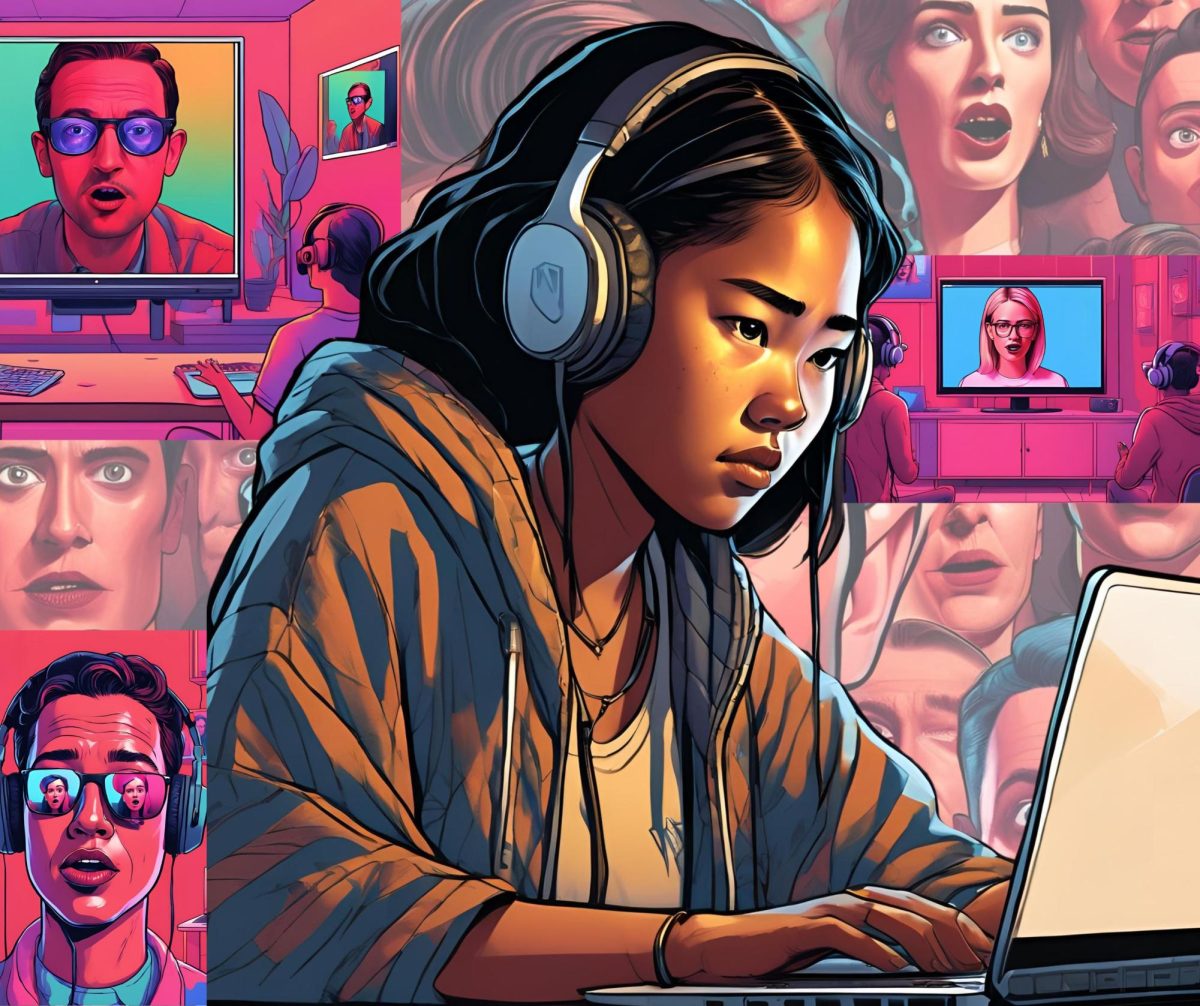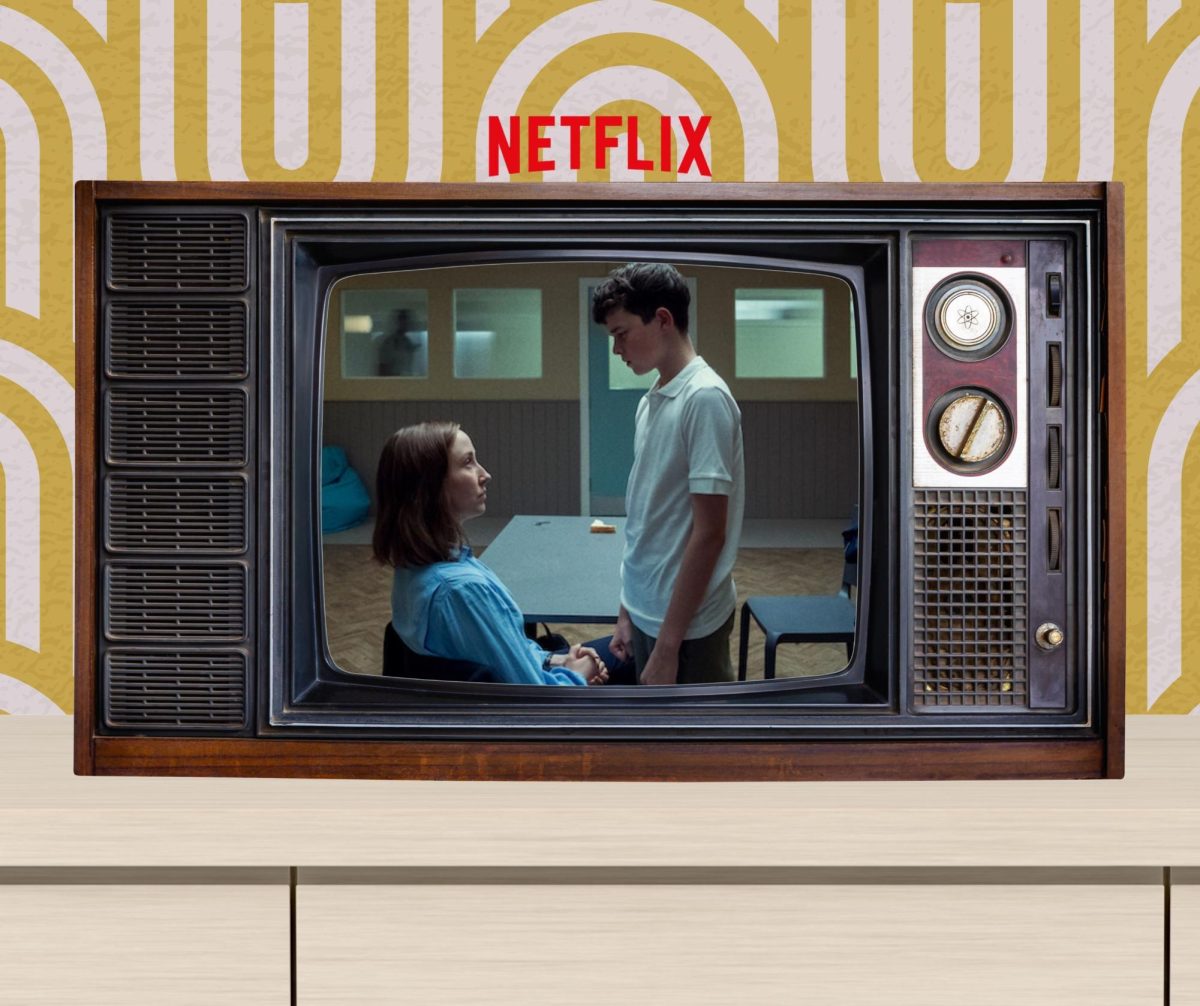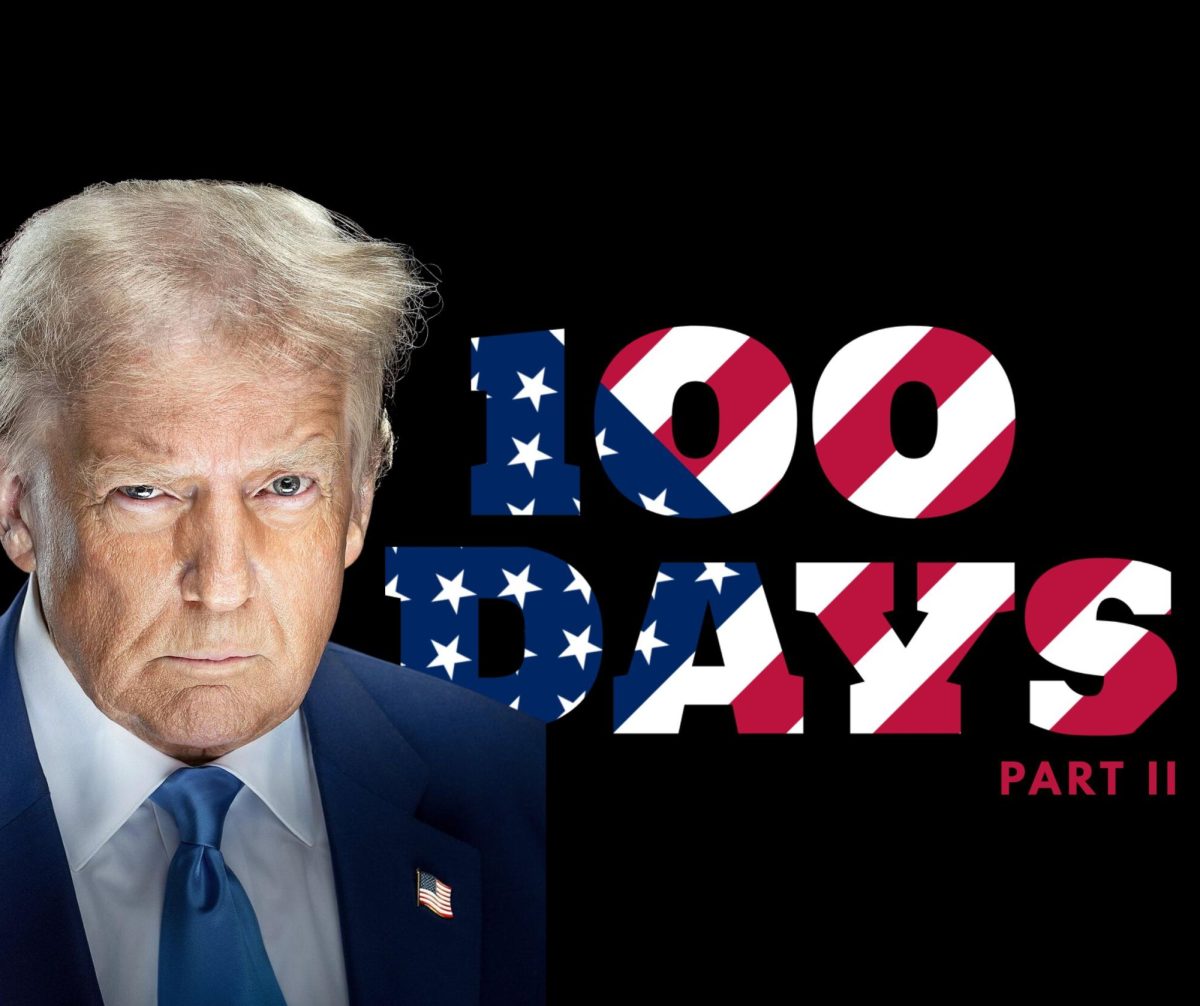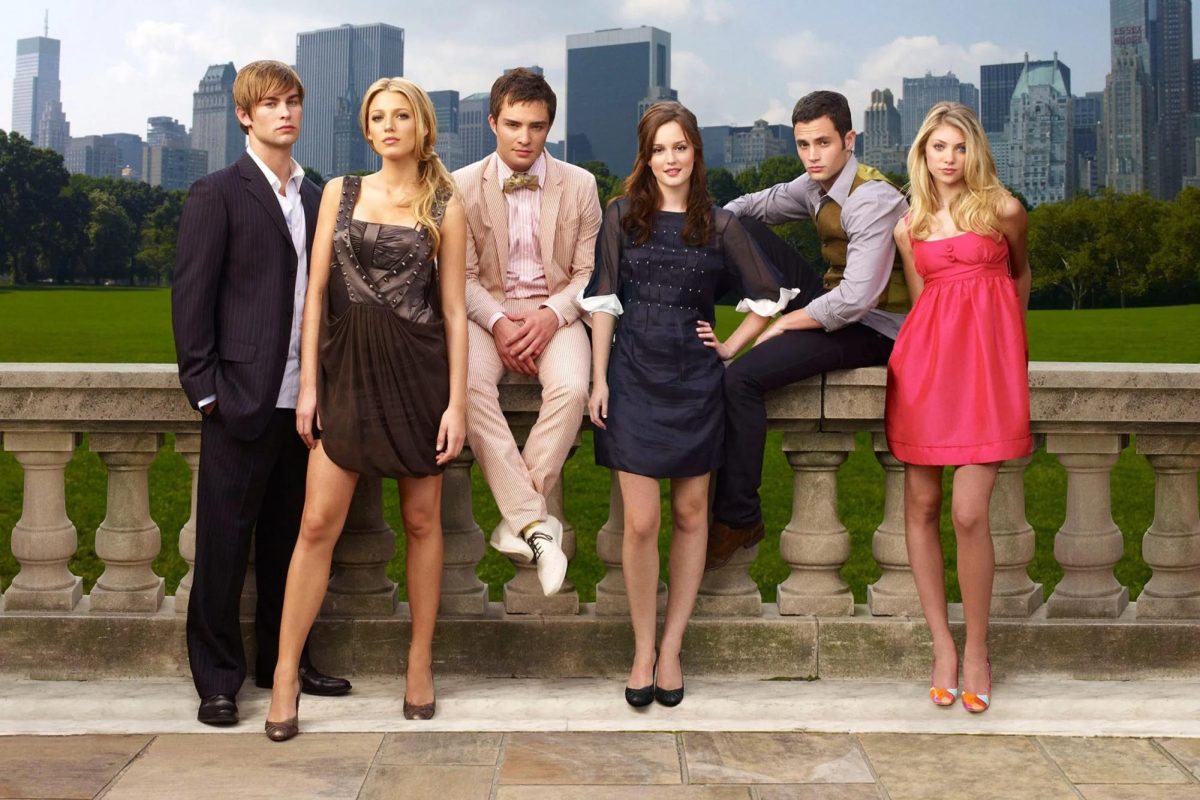With our polarized society, books have become an epicenter for attack. During the 2023-2024 school year, more than 10,000 books and counting were stripped from the shelves of public school libraries, with the most centrally conservative states, Texas, Florida, and Utah, leading the censorship. As a high school student and an avid reader, I have seen this movement grow throughout my lifetime, and it has led me to wonder why. Under what jurisdiction does one or a group have to ban a book? What is the real motive? Why do I see some of my favorite books, the ones that shaped my youth, blacklisted? With these questions in mind, I would like to examine some of the most banned pieces of literature that will lead you to form these questions within your own head.
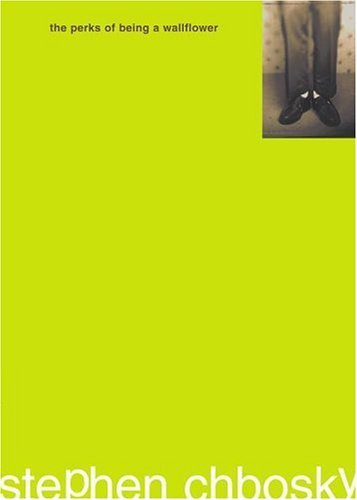 “The Perks of Being a Wallflower”, by Stephen Chbosky: “banned or challenged for being sexually explicit, and having LGBTQIA+ content while mentioning rape, drugs and profanity.” While I do believe that this book should only be read by a mature audience because of its content, I do not think any state can rightfully ban it. This is a classic coming-of-age novel, through the turmoil of finding a crowd and surviving the trials of a teenager. No matter how pushed under the rug it is, these are topics a majority of teenagers face, especially within high school. “The Perks of Being a Wallflower” allows youth to contextualize their experiences while teaching them vital themes of trauma, mental health, healing, self-discovery, and the transformative power of relationships. This book remains challenged in over 10 states’ public schools and libraries.
“The Perks of Being a Wallflower”, by Stephen Chbosky: “banned or challenged for being sexually explicit, and having LGBTQIA+ content while mentioning rape, drugs and profanity.” While I do believe that this book should only be read by a mature audience because of its content, I do not think any state can rightfully ban it. This is a classic coming-of-age novel, through the turmoil of finding a crowd and surviving the trials of a teenager. No matter how pushed under the rug it is, these are topics a majority of teenagers face, especially within high school. “The Perks of Being a Wallflower” allows youth to contextualize their experiences while teaching them vital themes of trauma, mental health, healing, self-discovery, and the transformative power of relationships. This book remains challenged in over 10 states’ public schools and libraries.
“The Hate U Give,” by Angie Thomas: “banned or challenged due to its explicit language, violent content, and perceived promotion of anti-police views.” This book remains one of my all-time favorite reads, and I do not say this as an “indoctrination.” It opened up my eyes to the ongoing challenges that the African American community endures, yet there is no justice. I thought the “Hate U Give” was a phenomenal read, despite discussing “uncomfortable” topics. Sometimes the truth is uncomfortable, but it demands to be shared. This book remains challenged in over 10 states’ public schools and libraries.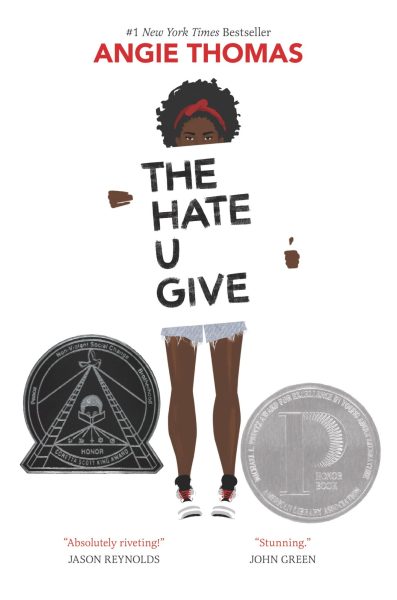
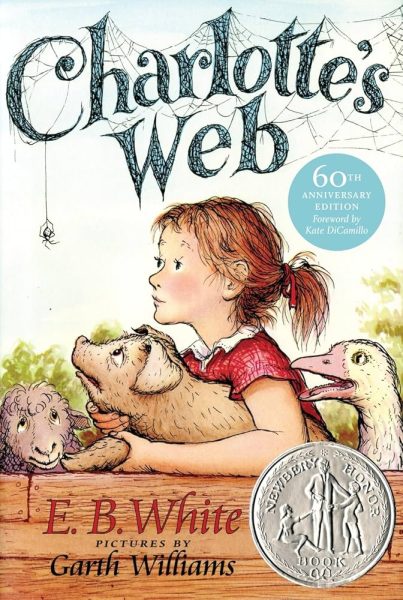 “Charlotte’s Web,” by E. B. White, and illustrated by Garth Williams: “banned or challenged for the portrayal of talking animals and themes of death.” From a personal standpoint, this ban makes no sense to me whatsoever. I remember reading this book on my fourth-grade class carpet, being enamored by the talking animals as they navigate the show world. I thought nothing of the mortality of Charlotte, or the potential “blasphemy” of the portrayal of human-like animals. I was too young to fully understand in my fourth-grade classroom, however, this book contains major themes of friendship, loyalty, and the cycle of life. These themes remain central in understanding ourselves, and at the end of the day, it’s not the fourth graders who have a problem with reading “Charlotte’s Web,” it’s their parents. This book remains challenged in over 12 states’ public schools and libraries.
“Charlotte’s Web,” by E. B. White, and illustrated by Garth Williams: “banned or challenged for the portrayal of talking animals and themes of death.” From a personal standpoint, this ban makes no sense to me whatsoever. I remember reading this book on my fourth-grade class carpet, being enamored by the talking animals as they navigate the show world. I thought nothing of the mortality of Charlotte, or the potential “blasphemy” of the portrayal of human-like animals. I was too young to fully understand in my fourth-grade classroom, however, this book contains major themes of friendship, loyalty, and the cycle of life. These themes remain central in understanding ourselves, and at the end of the day, it’s not the fourth graders who have a problem with reading “Charlotte’s Web,” it’s their parents. This book remains challenged in over 12 states’ public schools and libraries.
I have listed a mere three books out of the 10,000 that have been removed from shelves across the nation. When public libraries see a scarcity in visitors as it is, books should not be blacklisted for “controversial” content. My stance is this: individuals, young and old, deserve to have a choice in what they read. It saddens me to learn of my most treasured childhood reads being deemed “inappropriate” when they played such a huge part in shaping my personal library. Despite polarization, I do have hopes society can come to terms and heal itself over a good book.



